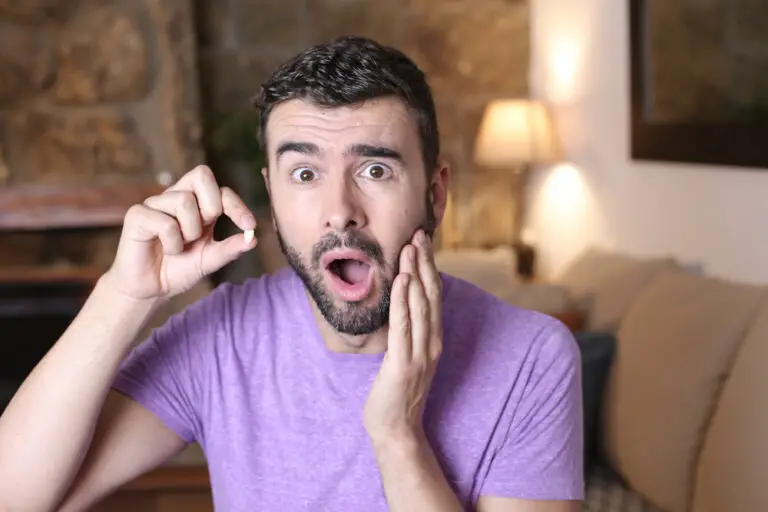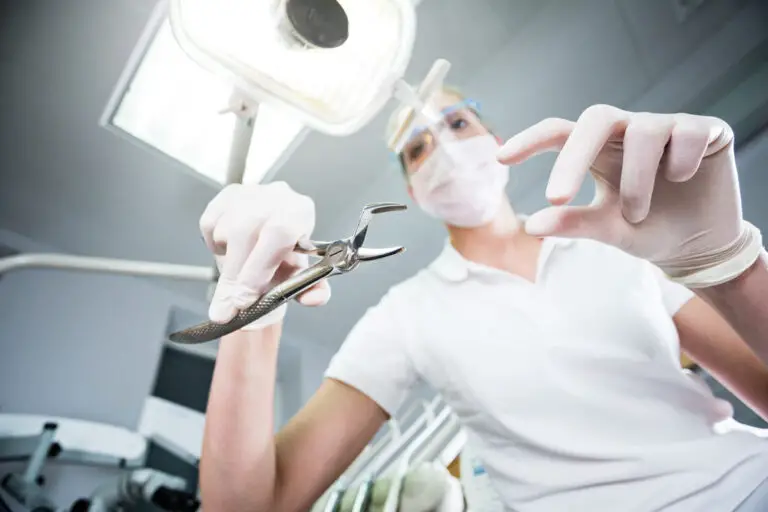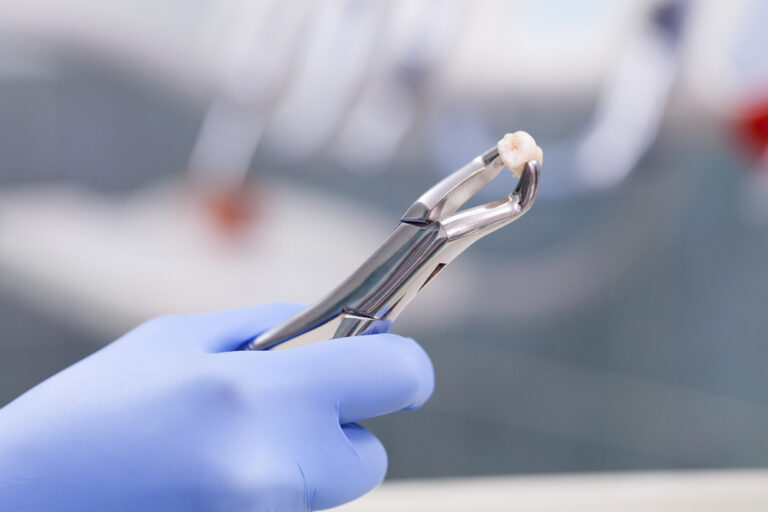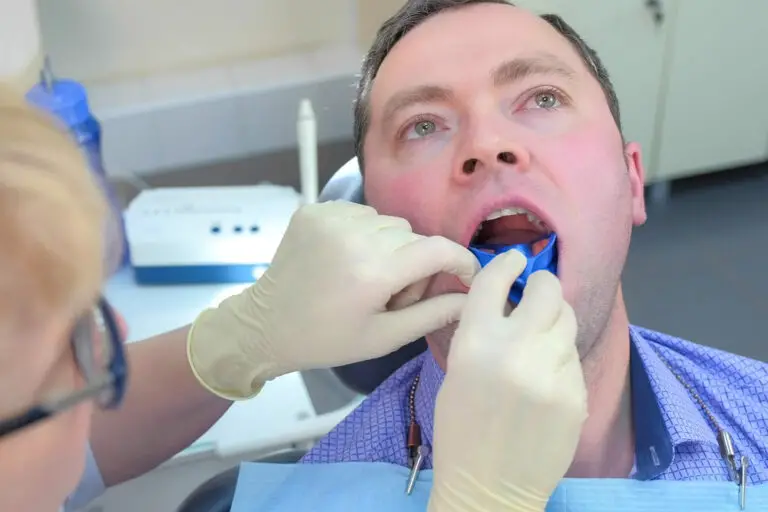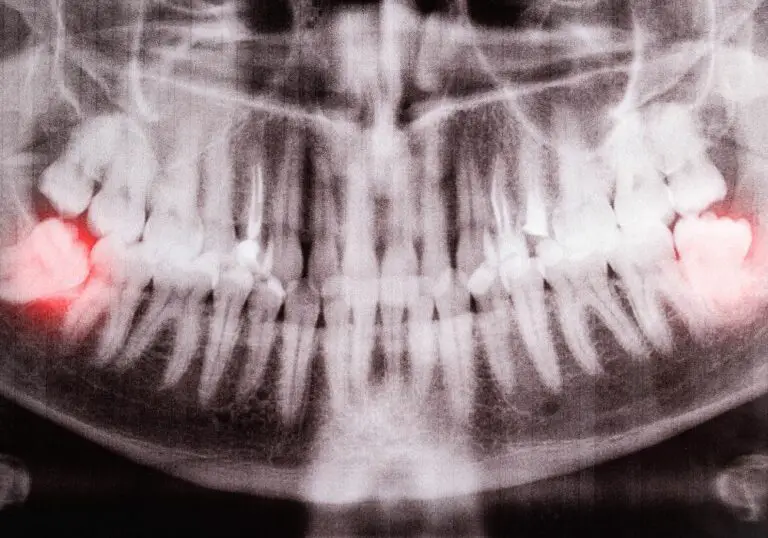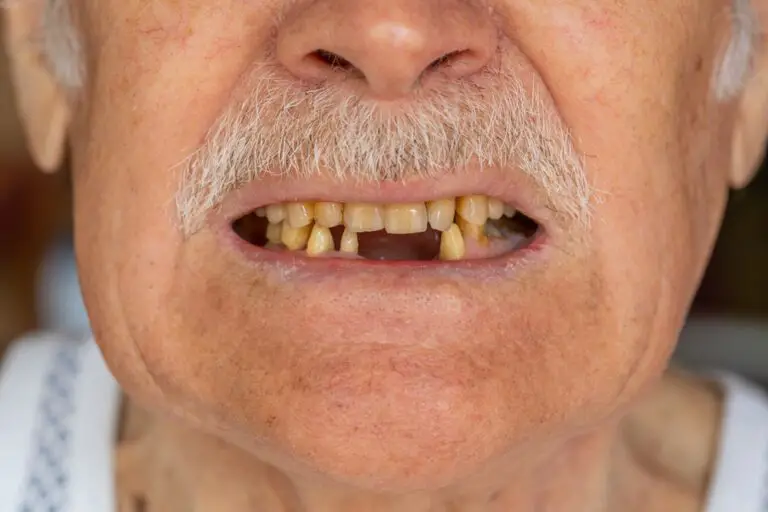Are you interested to know when your child will get his (or her) adult teeth?
Most parents often strive to support the well-being of their kids. And they achieve this by adopting several practices that foster good health.
One such practice is maintaining their children’s oral hygiene and dental health. But this is only possible when you understand when baby and adult teeth emerge in children.
Fortunately, this comprehensive guide explores teeth development in children from baby to adult teeth. You will also discover a few insights into the teething process and the importance of dental care.
So, continue reading to discover the secrets behind your kid’s bright smiles.
When Do Kids Get Baby Teeth?
Before we can focus on when adult teeth grow in children, let’s first understand the teething process.
Children get their first set of baby teeth or primary teeth between the ages of 6 and 12 months. However, the timing of the eruption can vary based on gender, with girls growing their deciduous teeth before boys. But the order of eruption remains consistent.
Typically, incisors teeth come in first on the lower jaw. These teeth are known as the mandibular central incisors. The next to erupt are maxillary central incisors, followed by lateral incisors, 4 first molars. Finally, the canine teeth (cuspids or pointed teeth) appear, as well as 4-second molars.
During tooth eruption, the lower teeth usually grow first, followed by the upper teeth 1 or 2 months later. Another thing, kids grow a single tooth every month once they start teething. Normally, these milk teeth have a space between them to create room for larger permanent teeth.
By the time kids reach 33 months or 2 to 3 years of age, expect them to have 20 temporary teeth. These teeth will play a vital role in the child’s oral development, allowing them to eat food and talk clearly.
Thus, parents must ensure their children receive proper dental care during this phase. Also, remember these pearly whites provide a foundation for future adult teeth.
The table below shows the typical sequence of primary tooth eruptions in kids. Check it out!
| Tooth Type | Eruption Age (In Months) |
| Central Incisor | 6 – 10 |
| Lateral Incisor | 9 – 13 |
| First Molars | 12 – 19 |
| Canine teeth (cuspid) | 16 – 23 |
| Second Molars | 20 – 33 |
Please note, these eruption patterns can vary slightly between children. So, don’t be surprised if your child’s teeth don’t match the ages or sequences above.
When Do Kids Get Adult Teeth?
Around 6 to 7 years, children lose their primary teeth, making way for adult teeth. Usually, the lower front teeth fall first, followed by the upper front teeth.
At the same time, the first permanent molars will emerge in the back of your kid’s jaw. It’s easy to mistake these molars for primary teeth. But since that’s not the case, ensure you take special care of these teeth, as they have no replacement.
At 12 to 13 years, most kids would have lost all their primary teeth and grown about 20 permanent teeth. However, the chronological order children lose and grow adult teeth might vary depending on several factors, including genetics.
That said, below is a table showing the order of eruption for specific permanent teeth:
| Type of Teeth | Eruption Age (In Years) | Role |
| Central Incisors | 6 to 8 | These chisel-like (flat-edged) teeth help children bite and cut food into smaller pieces |
| Lateral Incisors | 8 to 9 | |
| Canines (cuspid) | 9 to 12 | Also known as “eye teeth” or “corner teeth”, canines assist kids in grasping and tearing food |
| First Premolars (first bicuspid) | 10 to 11 | With wide, flat tops, premolar help us grind and crust chunks of food |
| Second Premolars (second bicuspid) | 10 to 12 | |
| First Molar | 6 to 7 | Molars emerge at the back of the mouth. And like premolar, it allows us to grind food, aiding in the digestion process |
| Second Molar | 11 to 13 | |
| Third Molars (wisdom teeth) | 17 to 25 |
By 21 years, an adult should have an average of 16 teeth in the upper jaw and 16 in the lower jaw, totaling 32 permanent teeth.
Why Aren’t My Kid’s Permanent Teeth Erupting?
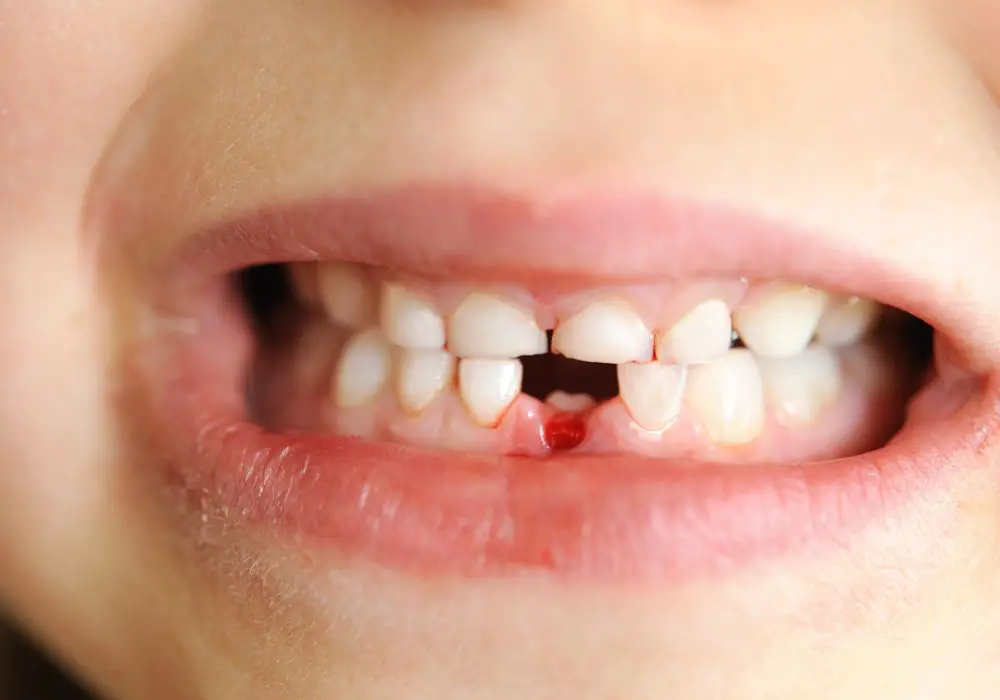
As mentioned earlier, permanent tooth eruption can vary from one child to another. So, if your child has lost her primary teeth and there’s no sign of replacement, don’t panic. The child’s adult teeth will grow at their pace.
But if the timeline for permanent teeth emergence seems significantly off, here are a few reasons behind the delay:
1. Lack of Sufficient Space for Permanent Teeth to Grow
Adult teeth (especially at the front of the month) tend to be larger or wider than the milk teeth they’re replacing. So, if there’s not enough space to accommodate the new teeth, then they will not grow.
So, what’s the solution?
Well, your kid’s dentist might recommend extracting neighboring primary teeth to create space for the adult teeth to erupt. Alternatively, an oral health specialist can create braces for your kid to help the teeth emerge.
2. Impaction
An impacted tooth develops fully underneath the gum line but doesn’t erupt because of a lack of space. In such cases, an orthodontist might create more space in your child’s mouth. After that, the expert will uncover the impacted tooth and put it in the proper position over time using braces or brackets.
Besides lack of space, tooth impaction can occur because of dental trauma, narrow jaws, or prematurely lost primary teeth.
3. Adult Teeth Growing in The Wrong Direction
Sometimes, your child’s permanent teeth can delay emerging because they are growing the wrong way. This phenomenon commonly affects the upper canines and premolars.
Usually, this happens when the primary teeth don’t fall. Here, the dentist might surgically extract the neighboring primary teeth to allow the permanent teeth to erupt and position themselves correctly.
4. Hypodontia and Supernumerary Teeth
Hypodontia refers to a condition where one to five permanent teeth never develop. Depending on the severity of this condition, orthodontists might recommend dental implants or dental bridges.
Supernumerary or hyperdontia is a developmental anomaly that causes extra teeth to erupt in the space meant for permanent teeth. When this happens, the additional teeth might delay or displace the new teeth. The best treatment for this condition is the extraction of the extra teeth.
In most cases, oral specialists will use dental X-rays to determine whether your child has hypodontia or supernumerary teeth.
Can Adult Teeth Grow Before Baby Teeth Fall Out?
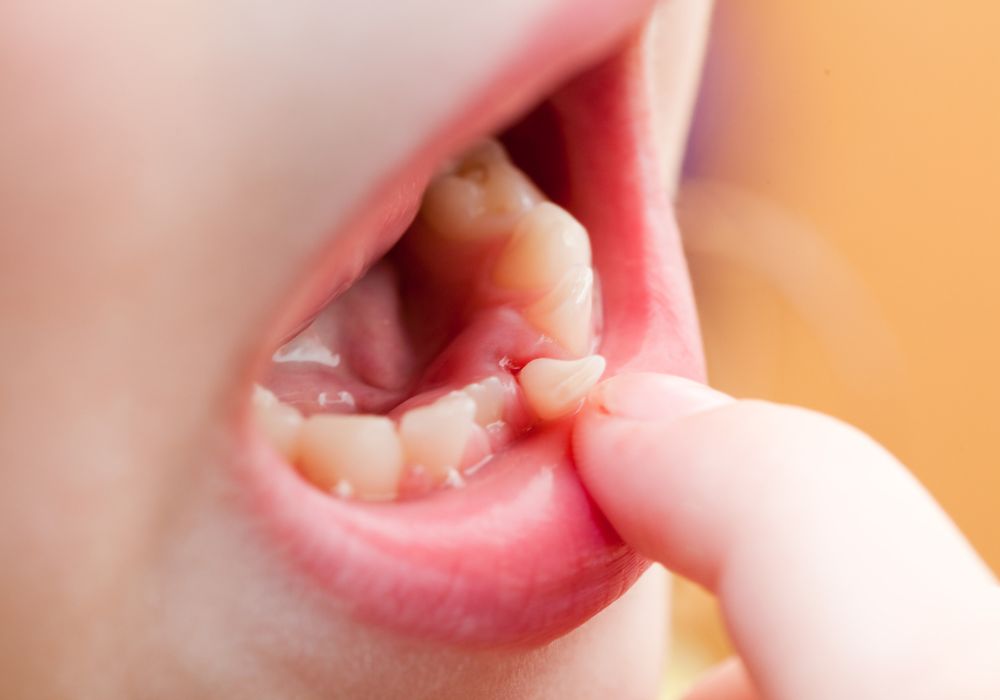
Yes, and this phenomenon is super common.
Normally, adult teeth push against the roots of milk teeth when emerging. As a result, the roots of the primary teeth dissolve, and teeth become loose and finally fall out.
But what if the roots of the primary tooth cannot dissolve?
When this happens, the permanent tooth will find another potential route to emerge – usually behind the baby teeth. Because of this, your kid might develop a second row of teeth, also known as shark teeth.
Fortunately, the shark teeth go back to normal after the baby teeth fall out on their own. But if the condition persists, a pediatric dentist might suggest extracting the problematic milk teeth. Also, see a dentist if the shark teeth cause your kid pain and discomfort.
Managing Common Dental Issues in Children
1. Teething Discomfort
The teething process often leaves children with sore and tender gums. These can force him to put contaminated items that can increase their risk of infection and illness. Teething can also cause the symptoms below:
- Changes in sleep patterns
- Difficulty eating
- Fussiness
- Drooling
- Runny nose
To address teething discomfort and irritability, gently massage your child’s gums with a soft wet cloth or clean finger. Alternatively, parents can get their kids teething rings or unsweetened teething rusks.
But if your baby gets a fever, or rash or starts to diarrhea or vomit, consult your pediatrician.
2. Orthodontic Concerns
In some cases, kids can develop different orthodontic problems, including:
- Crowded teeth and spacing issues
- Misaligned teeth or malocclusion (bite problem)
- Ectopic teeth
- Finger or thumb suckling
- Buck teeth
If these issues get identified earlier, dentists can recommend effective treatments to improve the child’s oral health.
3. Dental Hygiene Practices
The best way to ensure your kid’s teeth stay healthy is to encourage them to brush and floss regularly. Brushing and flossing not only keep teeth clean, but prevent bad breath, gum diseases, and tooth decay.
So, find an effective way to make dental care and maintenance a fun and interactive experience for your children. This way, you can instill good dental care habits from a young age.
4. Dental Checkups
Without a doubt, it is vital to schedule regular checkups with your child’s dentist. This allows you to monitor your kid’s dental health and detect potential oral problems early.
Besides, oral specialists offer more than just teeth examinations. They also provide professional tooth cleaning services, plus personalized tips to promote good dental hygiene and oral health.
Final Thoughts
As we wrap up, it’s clear that babies develop primary teeth between the age of 6 to 12 months. These teeth then fall out and get replaced by permanent teeth when the children reach 6 to 7 years. At the age of 21, they will likely have 32 adult teeth.
Using this information, you can plan and provide your kids with the best dental care possible. But remember, each stage of teeth development plays a crucial part in your kid’s overall well-being and development.
Therefore, prioritize your children’s oral health. And the best way to do this is to encourage regular brushing and flossing and schedule dental checkups.
That marks the end of our piece.
Do you have any questions? Leave us a message below.

